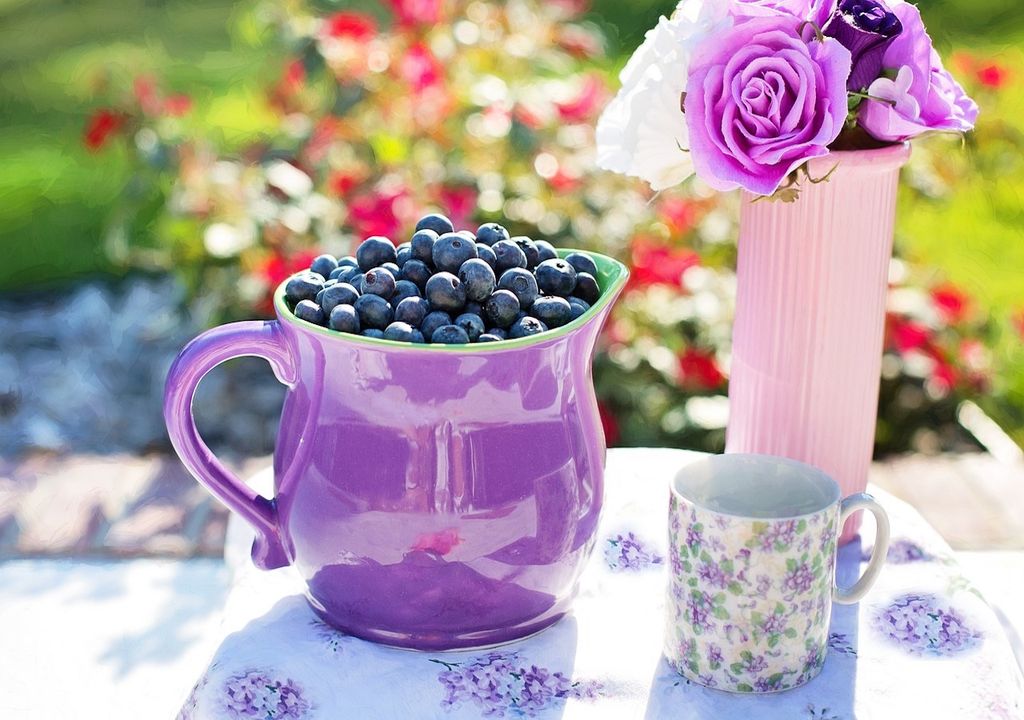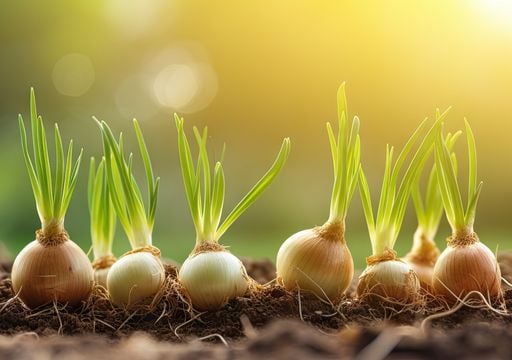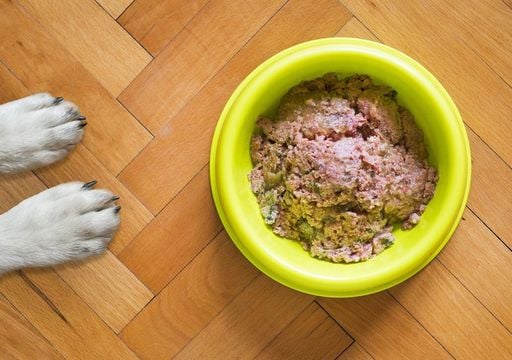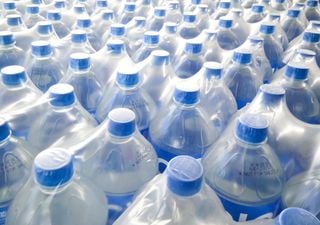Can you drink blueberry wine for healthy antioxidants? The answer may surprise you
Could blueberry wine be the healthiest of all the wines? This may be unknown, but new research shows whether the healthiness of blueberries is preserved in blueberry wine or not.

Blueberries are quite well known as rich sources of nutrients and antioxidants, able to help reduce oxidative stress associated with anti-inflammatory, anticarcinogenic, antiageing and neuroprotective components. Many nutritionists believe that blueberries trump all other berries, or even fruits, in their high levels of antioxidants. Their high level of antioxidants is linked to their anthocyanin content, which bring them their unmistakable dark blue colour.
The science of blueberry wine
Research has recently been rising in blueberry-based products including blueberry wine, which is said to retain many healthy bioactive compounds. But they way it is produced is important to consider, as shown by researchers who explored its vinification process, and published their results recently in ACS Food Science and Technology.
Less about the fermentation of blueberries had been studied compared with grapes, as wine is more commonly thought to be associated with grapes. Yet, fruit wine is a growing trend, especially in the UK where it is increasing in popularity, often for its sweet taste. Maybe its nutritional components will also be a selling point.
Breaking news! #SHIBARMY
— No (@mad2big) May 15, 2024
Started April 4th. These will have to finish settling before bottling. Should be about another 2 weeks.
Left to right: blueberry wine, sweet grape wine, a white grape mead, Mt dew wine. pic.twitter.com/TECEi7oTlw
Making wine for science: vinification
The only way to study the wine making process is to make wine! The researchers created four wines by fermenting fully or partially, at two separate temperatures - 17 vs 21 °C.
They studied the role of temperature and fermentation time and their impact on blueberry’s wine composition: colour, antioxidants and bioactive compounds. On the whole, the researchers were interested in the following components:
- Anthocyanins: antioxidants responsible for the colour of wine.
- Vitamin C: important immune repairing and tissue repairing antioxidant.
- Tannins: affects the flavour in wine.
- Flavonols: healthy antioxidants.
- Flavan-3-ols: could support vascular elasticity.
They observed some important patterns. The higher temperature reduced fermentation time. Longer fermentation times resulted in lowering levels of tannins, flavonol and anthocyanin concentrations.
Shorter fermentation times resulted in lower concentrations of vitamin C. The ones with higher temperatures during shorter fermentation showed a redder and browner shade of colour.
Overall observations
All the wines showed higher levels of antioxidants compared with the initial blueberry juice the wines were initially made out of. The only exception was wine with full fermentation at lower temperatures. Fermentation did not seem to hinder the vitamin C content of the wines.
Overall, the researchers conclude that making blueberries into wine can maximise the fruit’s benefits, whether it be from the vitamin C or antioxidants present. To optimise this, fermentation and temperature approaches need to be carefully considered, they show.
Obviously, blueberry wine is still alcoholic, so an alcoholic drink should not be considered healthy if consumed to excess, only in moderation, to those who can tolerate it.
Reference of the news:
Exploring the Impact of Temperature and Fermentation Time on the Evolution of Bioactive Compounds, Antioxidant Activity, and Color Evolution in Blueberry Wines. ACS Food Science & Technology. DOI: 10.1021/acsfoodscitech.4c00271








